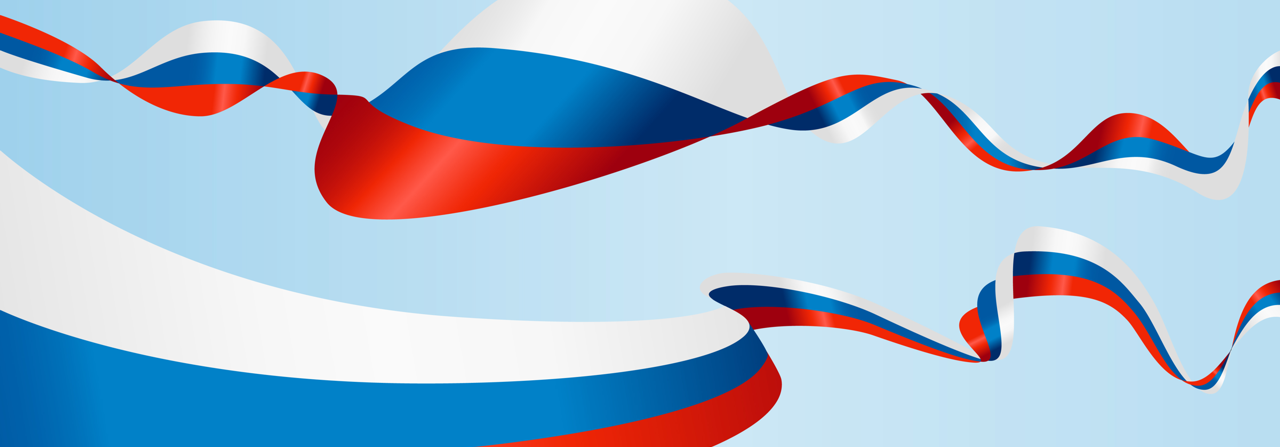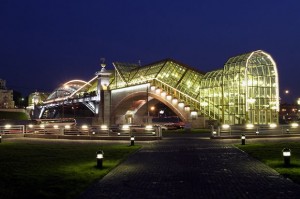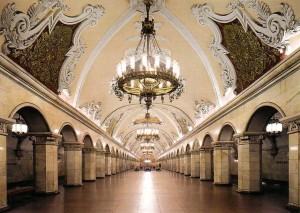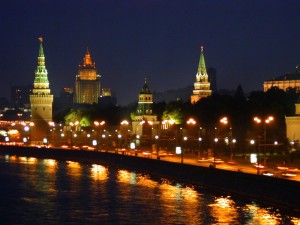The Capital City of Moscow
As the capital city of Russia, Moscow is not only the most populous city in the nation, but the economic, political, cultural and religious center of the country. Moscow is a global nation as well, boasting the seventh highest population in the world and it has the highest population among cities on the continent of Europe. The Kremlin, once an ancient fortress, is now the home of the Russian president and the center of the executive branch of government in Moscow. There are two houses of government in Russia, both seated in Moscow. The State Duma and the Federation of Council make up the two branches.
Founded by Yuri Dolgolukiy around 1156, the city was named for the River upon which it sits, the Moskva River, which means “city by the river.” Yuri built walls around the city, keeping the Mongols at bay and now this area as known as the Kremlin. However, for the last nine centuries, Moscow was always at the mercy of invaders. From the Mongols to Napoleon and then Hilter in the 20th century, Moscow has survived brutal invasions, but with a toll. It would be under Ivan the third and fourth that the city would flourish and gain worldwide attention for its enormous architectural masterpieces. By the 17th century, Moscow had grown and its population grew to over 200,000 people.
Once Peter the Great took command of the Russian nation, he moved the capital city to St. Petersburg, and Moscow would flounder, until Lenin took over. Once the revolution took place, Lenin was fearful that St. Petersburg would be the focus of an invasion, so he changed the capital to Moscow once again. After Lenin’s death, Stalin would call for the expansion of industry. The urbanization of Moscow all but destroyed what was Old Moscow and left little evidence of the old city behind.
Today, Moscow is an architectural blending of the old Moscow, with churches of old and fortified walls from yesteryears. The post-war updates of urban sprawl and new buildings represent the industrialized and modernized nation that Moscow has become today.
Moscow is also home to a rich art and entertainment lifestyle. The Pushkin State Museum of Fine Arts is one of the premier art center is the world, started in 1898 under Nickolas II. The Pushkin Museum was the first of its kind in Russia, with collections of arts and antiquities that represented the rich history of Moscow and its native Russian country. The Museum is offered by the state, in accordance with its university and education system, but it does have corporate and public sponsors.
Theater is also a major part of life in Moscow. The Bolshoi Theater is one of the oldest in the city, and was started in the very first years of the 19th century.
Among the arts and entertainment venues in Moscow, beautiful churches scatter throughout the landscape. Commissioned by Ivan the Terrible, the church was built between 1555 and 1561 in Red Square. The tsar constructed the church in recognition of his defeat of the Tartar Mongols in 1552. The church was originally named “The Cathedral of the Intercession of the Virgin on the Moat” because Tsar Ivan’s victory had come on the feast of the Intercession of the blessed Virgin. However, the church received a nickname of “St. Basil’s” after St. Basil who was known as “Basil the fool.” St. Basil was a favorite of Ivan the Terrible, and was also largely popular with the people of Moscow, and the nickname stuck.
As the entire Cathedral was a monument to the victory of Ivan in Kazan, each of the nine domes that encompass the Cathedral are in recognition of the individual battles that Ivan won. Each of the chapels is marked with its own distinct ‘onion’ dome (for which St. Basil’s is famous). In 1558, the last dome was constructed as a mausoleum for St. Basil himself, who died in 1552 and was buried on the site where the Cathedral sat in an area called Trinity Cathedral.
While the outside of the Cathedral is marked with extraordinary color and design, with colored towers and redbrick towers, the inside of the Cathedral is more subdued and faint in color. The walls of the interior are more delicate and controlled in design. According to some historical accounts, Ivan the Terrible so loved St. Basil’s cathedral that he tried to have the architect blinded so that he could replicate the beauty of St. Basil’s, or make anything as extraordinary anywhere else in the world. (However, the architect did go on to build other structures).
It is also speculated that centuries later, when Napoleon invaded Moscow, he so loved the sight of St. Basil’s, that he wanted it moved to France for his own enjoyment. However, without any technology to help aid in this endeavor, Napoleon instead tried (without success) to burn it down. Legend has it that just as his army employed gunpowder in order to set it ablaze, a rain shower came down unexpectedly and put out the kindling.
Upon Napoleon’s retreat from the city of Moscow, Emperor Alexander ordered the construction of the Cathedral of Christ the Savior as a form of thanksgiving and offering to God, for saving the country of Russia from the hands of Napoleon. It took over 45 years for completion of the Cathedral. In contrast to St. Basil’s ornate exterior and more delicate interior, the Cathedral of Christ the Savior has an interior filled with marble, granite and rare precious stones. The first floor of the church is a memorial to the victory from the defeat of Napoleon and the second floor is an ornate recognition of past generals, commanders and battles of the Russian War of 1812. The cathedral is well recognized by the copper domes that mark the Moscow skyline. In an ironic twist, the Cathedral would be demolished and burned to the ground in 1931 under the order of Stalin. It was only in 1990 that the Russian Orthodox Church received permission to rebuild the cathedral. A restoration architect was consulted to rebuild the church with accuracy and precision so that it would clearly resemble the original structure.
Another cathedral that would suffer similar fate to that of the Cathedral of Christ the Savior is the Kazan Cathedral. Built originally in the 17th century, it was built to commemorate the retreat of the Polish army from Moscow. Then, in 1936 the Soviet authorities also had this cathedral demolished as well. Blueprints to the church were salvaged, and the cathedral was rebuilt in the early 1990’s.
The Cathedral of the Annunciation, the Cathedral of the Assumption, the Cathedral of the Archangel and the Cathedral of the Twelve Apostles round out the rest of the cathedrals in Moscow.




